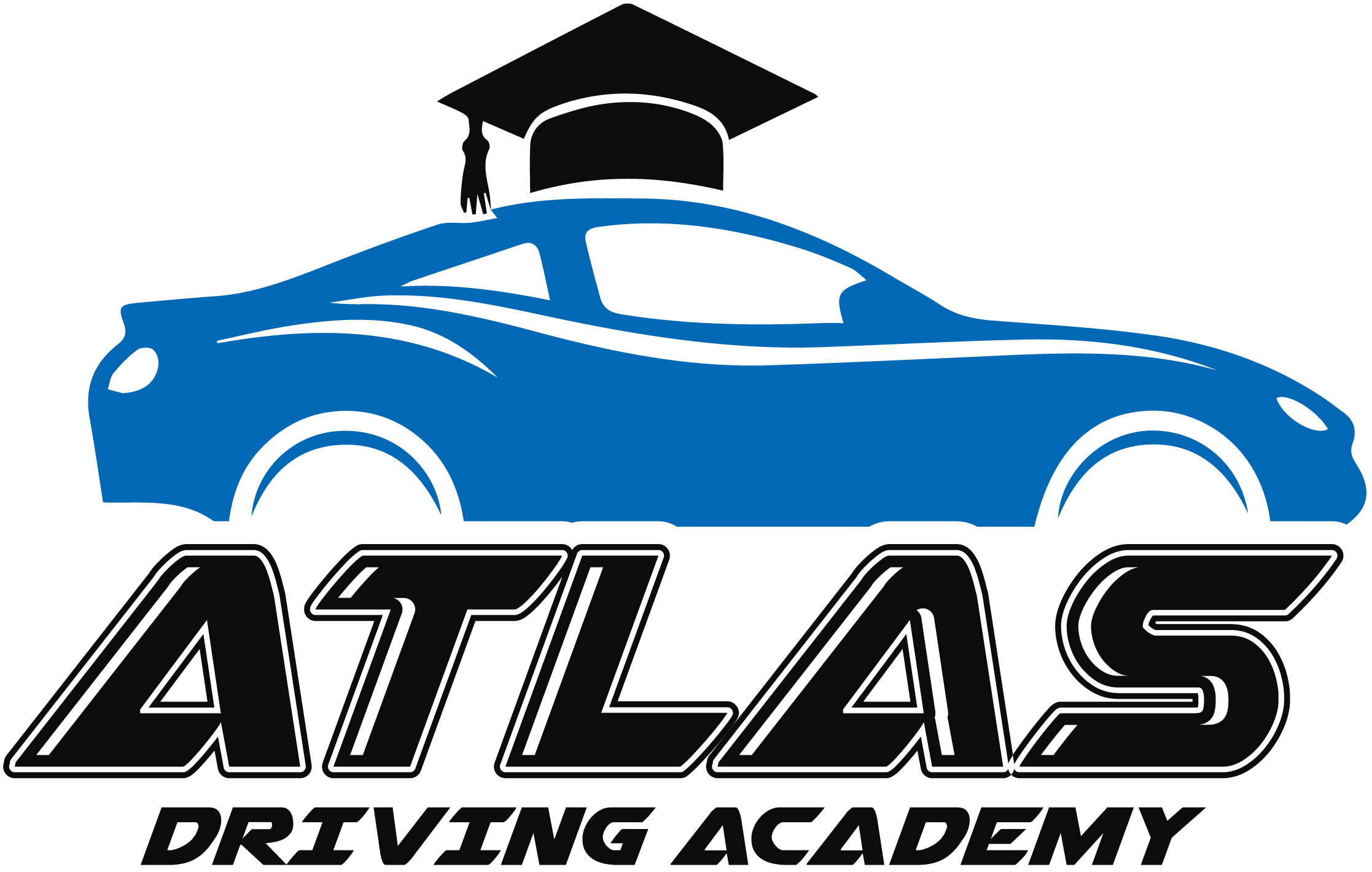The process of getting a driver’s license as a teenager in California is not as simple as taking a test and getting a license. Instead, it involves a step-by-step program called the Graduated Driver Licensing (GDL) system. This program is designed to help teen drivers gain experience behind the wheel while minimizing the risks associated with driving. By gradually introducing teens to the responsibilities of driving, the GDL program helps ensure that they develop the skills and maturity needed to drive safely.
What is the Graduated Driver Licensing Program?
California’s GDL system is a structured program that allows teen drivers to obtain a driver’s license in stages, with each stage having its own set of restrictions and requirements. The goal of this program is to help young drivers gain experience in different driving environments and situations before receiving full, unrestricted driving privileges. The program aims to reduce the risks of accidents by limiting distractions and dangerous driving conditions for new drivers.
The Three Phases of the GDL Program
California’s GDL system is divided into three main phases:
1. Instructional Permit (Phase 1)
The first phase begins when a teen reaches 15 and a half years of age. At this point, they can apply for a provisional instruction permit (learner’s permit). To do so, they must:
- Complete a driver’s education course, either in person or online.
- Pass a written knowledge test covering traffic laws, road signs, and safe driving practices.
- Submit proof of identity and California residency.
- Pass a vision test at the DMV.
Once the teen has obtained their instructional permit, they are legally allowed to drive with a licensed adult (21 years or older) sitting in the front seat. They are required to complete at least 6 hours of behind-the-wheel driving instruction with a professional driving school and log at least 50 hours of supervised driving practice with a parent or guardian.
2. Provisional License (Phase 2)
After holding an instructional permit for at least 6 months, a teen can take the driving test to obtain a provisional license. To be eligible for the driving test, the teen must:
- Be at least 16 years old.
- Have completed at least 6 hours of professional behind-the-wheel instruction.
- Have logged at least 50 hours of supervised driving, including 10 hours of night driving.
Once they pass the driving test, the teen will be issued a provisional driver’s license. This provisional license comes with restrictions aimed at promoting safe driving:
- No driving between 11 p.m. and 5 a.m. (unless accompanied by a licensed adult over 25 years old).
- No passengers under 20 years old (unless accompanied by a licensed adult over 25 years old). These restrictions are in place to help prevent accidents that are more likely to occur during nighttime driving or when a teen driver is distracted by other teens in the car.
3. Full, Unrestricted License (Phase 3)
The final phase of the GDL program is when the teen turns 18. At this point, the teen’s provisional license automatically becomes a full, unrestricted driver’s license. However, if a teen driver commits traffic violations or is involved in accidents during the provisional phase, their license may be delayed until they reach 18.
Why is the GDL Program Important?
The GDL program is based on research showing that teen drivers are at a higher risk for accidents due to their inexperience, impulsive behavior, and susceptibility to distractions. According to the Centers for Disease Control and Prevention (CDC), motor vehicle crashes are the leading cause of death for teenagers in the U.S. The GDL system helps reduce the likelihood of accidents by limiting teens’ exposure to high-risk driving situations and giving them time to gain experience in less dangerous conditions.
By gradually easing young drivers into the responsibilities of driving, the GDL program aims to create safer roads for everyone. The restrictions on driving during late hours or with passengers reduce the likelihood of accidents caused by fatigue, distractions, or impaired judgment.

